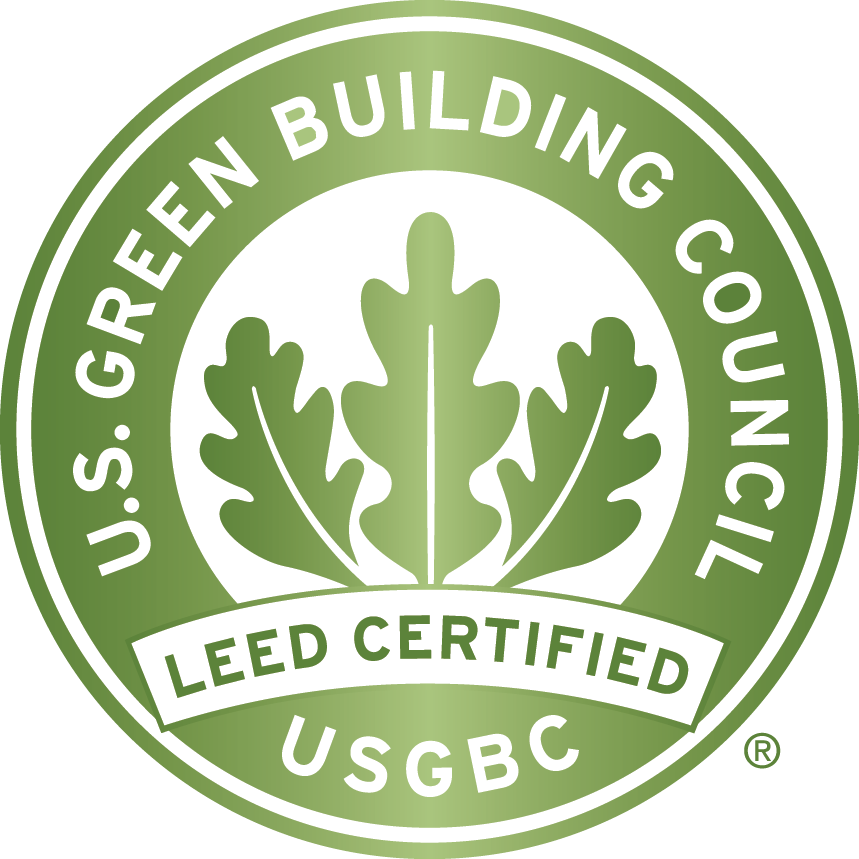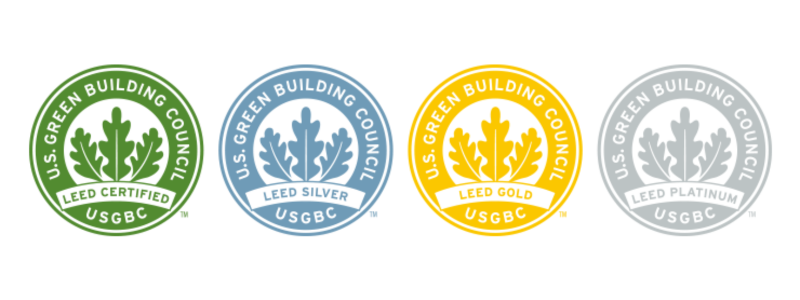What is LEED Certification?
LEED (Leadership in Energy and Environmental Design) is the globally recognized standard for green building certification. Developed by the U.S. Green Building Council (USGBC), it provides a framework for creating sustainable, efficient, and environmentally responsible buildings. From energy efficiency to waste reduction, LEED certification ensures that structures meet rigorous environmental and health standards. Whether it’s a residential building, a corporate office, or even a school, LEED-certified spaces emphasize reducing their environmental footprint while promoting healthier living and working conditions. By adopting LEED principles, organizations and individuals can contribute to a more sustainable future.


